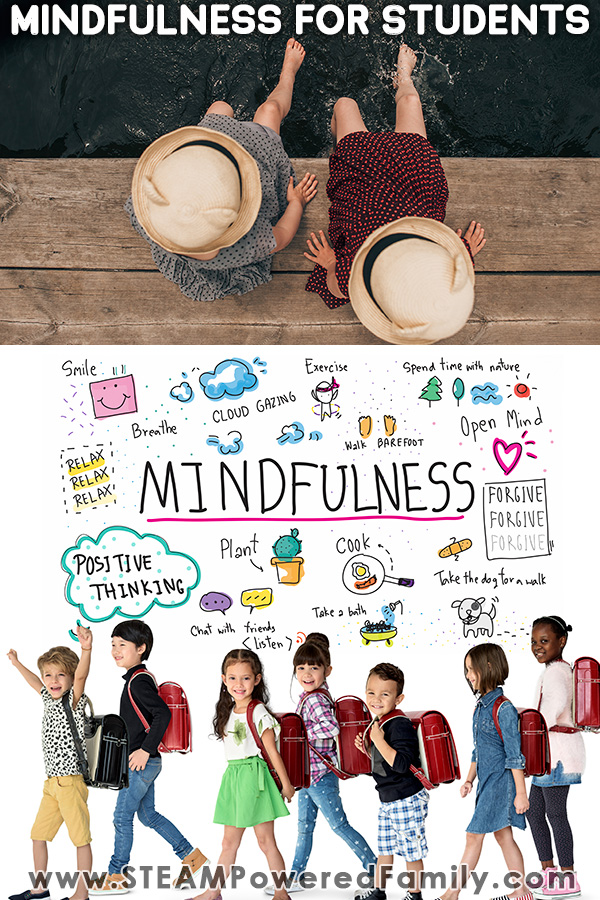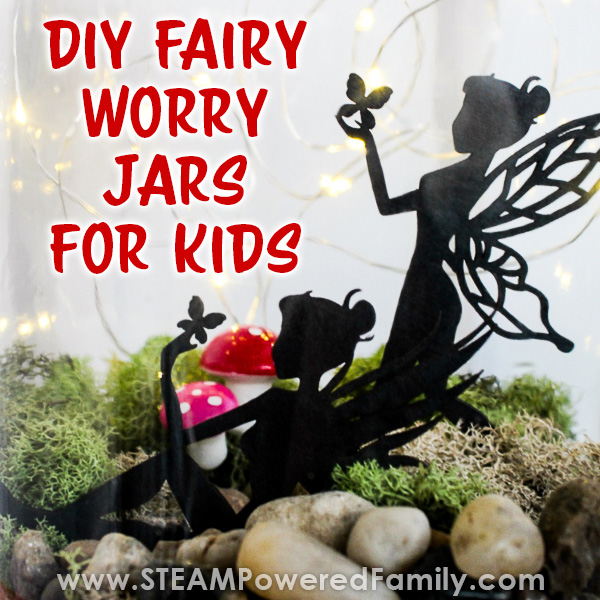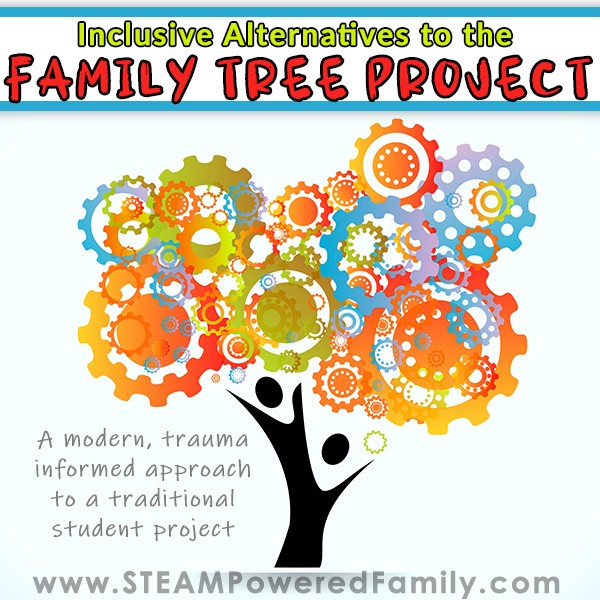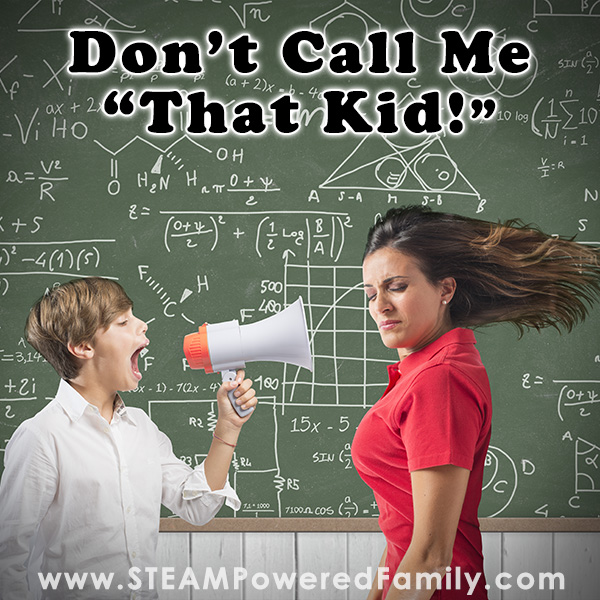Mindfulness for Students
Mindfulness. Sometimes the most important thing we can do to help feel a sense of peace, calmness and control is to connect within ourselves. The power of letting go and just taking in what is around and within ourselves is something all of us can do. Even students in a classroom. We have talked about mindfulness for kids before, but today we want to explore how we can bring mindfulness into the classroom.
Mindfulness Exercises in the Classroom or Homeschool
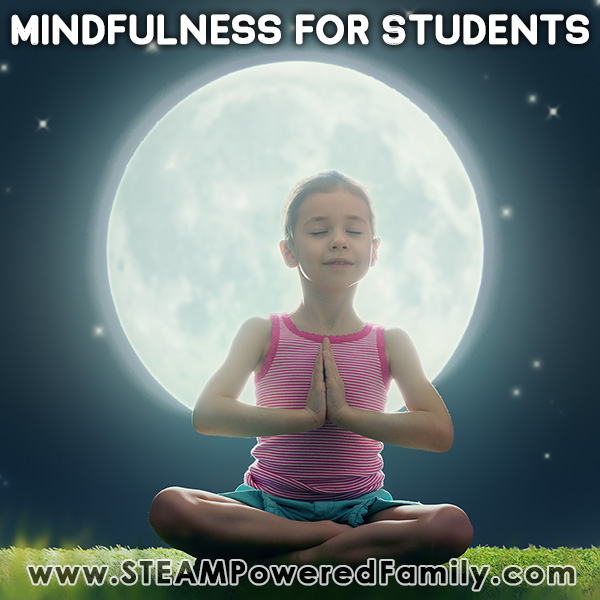
Disclaimer: This article may contain commission or affiliate links. As an Amazon Influencer I earn from qualifying purchases.
Not seeing our videos? Turn off any adblockers to ensure our video feed can be seen. Or visit our YouTube channel to see if the video has been uploaded there. We are slowly uploading our archives. Thanks!
Life is tricky and this world is a messy place for all of us. Fortunately, there are tools and strategies we can use to mitigate the stress we feel and lessen the impact of anxiety on our lives. Many of those tools and strategies fall under the umbrella of ‘mindfulness’.
What is Mindfulness?
A simple definition of mindfulness is ‘paying attention, in a non judgemental way, to what is happening at the present moment’. Mindfulness seems like a fairly recent phenomenon in Western culture. In reality it has been around for a long time, with its roots in Hinduism and Buddhism.
Why is Mindfulness So Popular?
Mindfulness, like yoga, has gained popularity over the last 20 years. Yoga typically incorporates mindfulness as part of its practice. Aspects of mindfulness present in yoga might include the body scan, meditation, and special breathing techniques.
So while yoga might have shone a spotlight on mindfulness, mindfulness on its own has become an important part of overall wellness for many people.
How Can Mindfulness Influence Health?
Being present is helpful when it comes to overall health. Mindfulness includes being aware of everything around you, including how you feel physically and emotionally. We make hundreds of decisions throughout the day that impact our health, including basics like eating, drinking, and exercising.
When we are mindful, we can make better decisions in the moment rather than choosing poorly and regretting that choice later. Mindfulness allows one to recognize the signs of stress in him or herself and, rather than eating a candy bar, make the choice of taking a walk, reading a book, or calling a friend instead.
Is Mindfulness Important for Children?
A life is made up of daily habits. If we can introduce our children to mindfulness early on, it could have a long-term positive impact on their lives. By making better choices minute-to-minute and day-to-day, our children can turn into adults who are reaching their goals and managing their stress well.
Teaching mindfulness to children can result in:
- better regulation,
- improved resilience,
- reduced anxiety and stress,
- stronger decision making skills,
- increased ability to focus and learn,
- more empathetic,
- lower rates of depression,
- more effective memory retention,
- better social skills,
- lessening of intensity of trauma related symptoms,
- ability to calm oneself and increased emotional regulation,
- increased grades,
- greater self awareness.
In the classroom we often talk about how important it is to put mental health first, school second. With mindfulness we have a powerful tool to ensure mental health comes first, opening the path to effective learning.
How Can Mindfulness Become Part of Classroom Instruction?
Students spend approximately seven hours a day in the classroom. Depending on the age of the child, seven hours might be more time than they spend with their parents and siblings. School has a lot of influence over children, to be sure. If you are a homeschooling parent, your child still spends a large portion of their day on school work.
Practicing mindfulness in school can result in fewer behavior problems and more engagement from learners. This means that more learning is taking place, which is definitely a win for all concerned!
Mindful Opportunities During the School Day
During writing instruction, envision the scene of the story you’re writing. Think about how it looks, smells, feels, etc. Incorporating your senses is a big part of being mindful.
Address the senses via mystery bags or a senses detective activity. For mystery bags, have the child reach into a paper sack and use descriptive words to tell what he’s touching. Eventually he can guess, and then remove the object to see if he was right. Want to up the sensory inputs? Do the same activity but with the objects submerged in Oobleck.
Incorporate sensory bottles, sensory bins and other sensory items in your classroom and encourage kids to use them. Having a child shake up a sensory bottle and breath slowly until the items settle. Or have them gently play with a sensory ball or bin thinking about how it feels in their hands.
After recess at school or a homeschool break, try some meditation. It’s a great way to calm the body after running around the playground. Meditation doesn’t have to be a twenty-minute session, it can simply be a matter of breathing and calming oneself for a few moments. It can do wonders even in five-minute increments!
Whether you’re a teacher or a parent, model mindfulness. Feeling stressed? Say, “Hmm. My stomach feels funny right now. I think it’s because I’m a little stressed out from the noise in here. Does your stomach ever feel funny like that?” Chances are that your kids will know exactly what you’re describing.
Whether a teacher or a parent, mindfulness isn’t ‘taught’ so much as it is modeled. Always remember that kids are looking at you as their example, whether you like it or not. Take advantage of that role to be a great influence in the life of a child!
